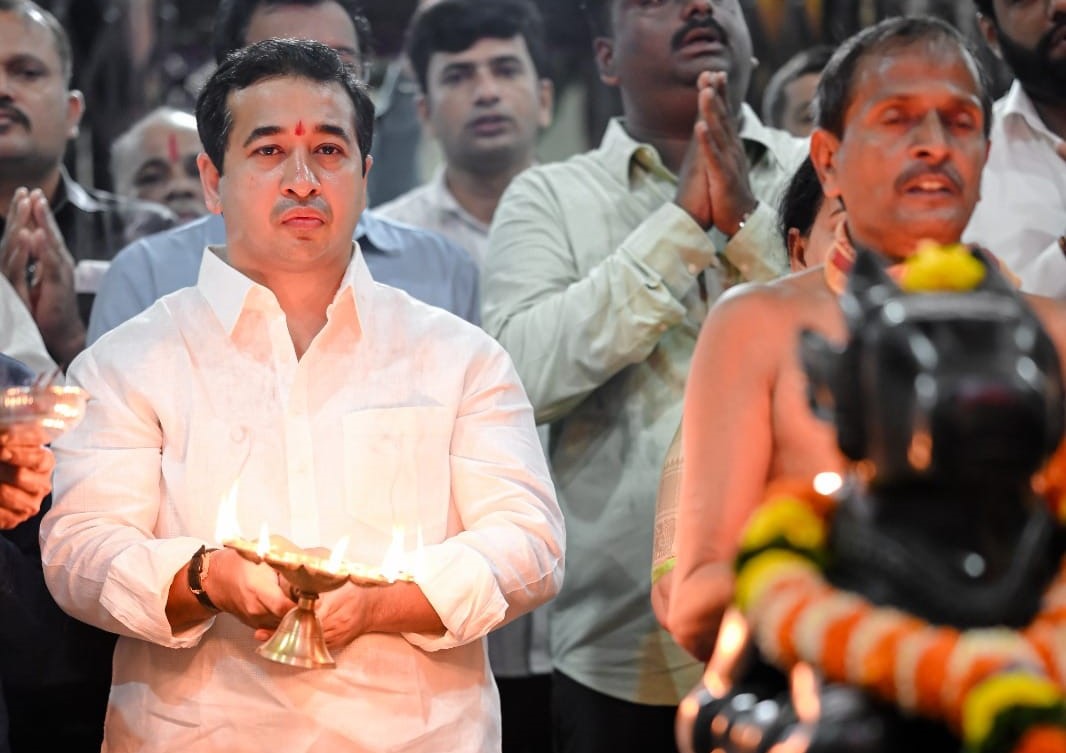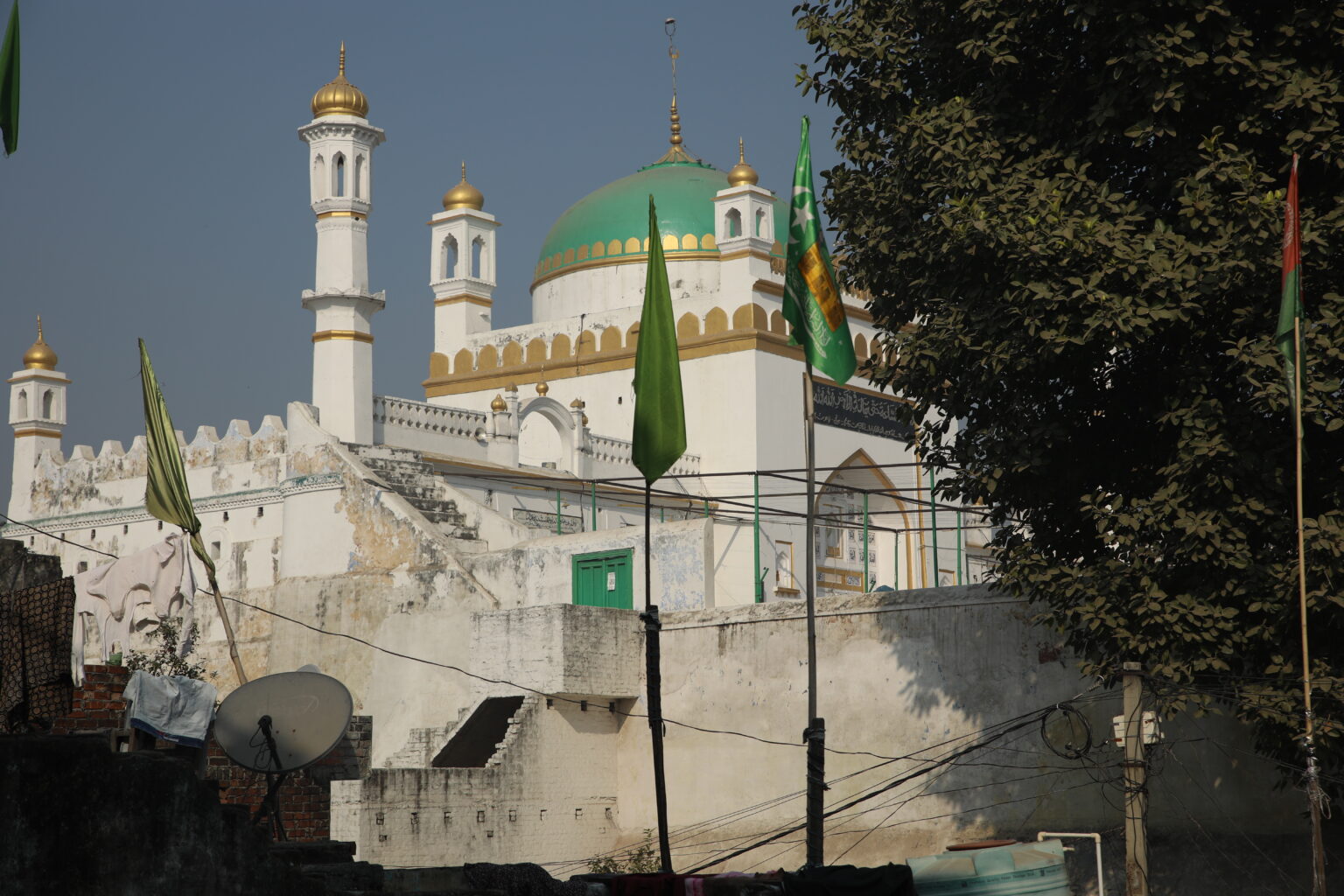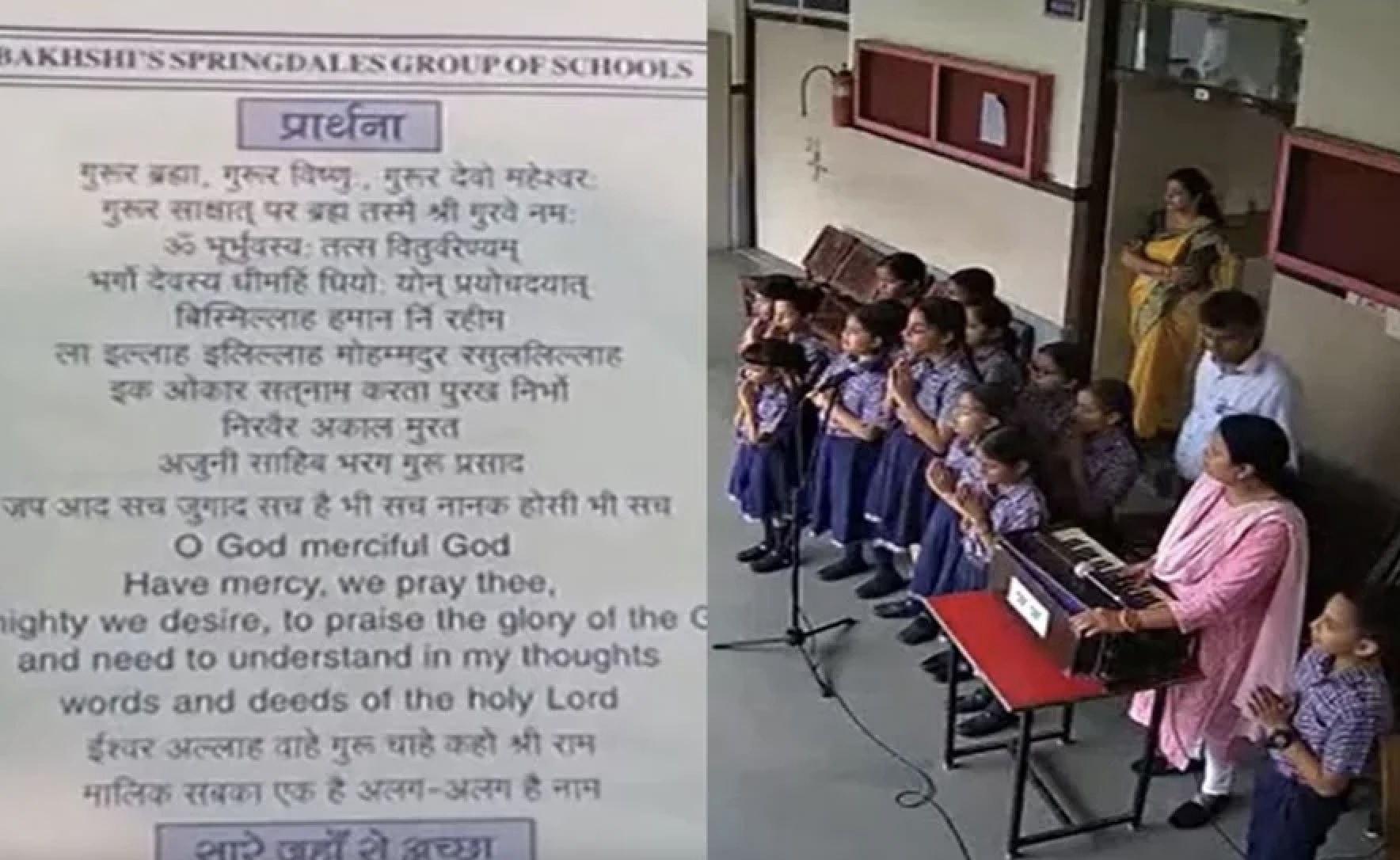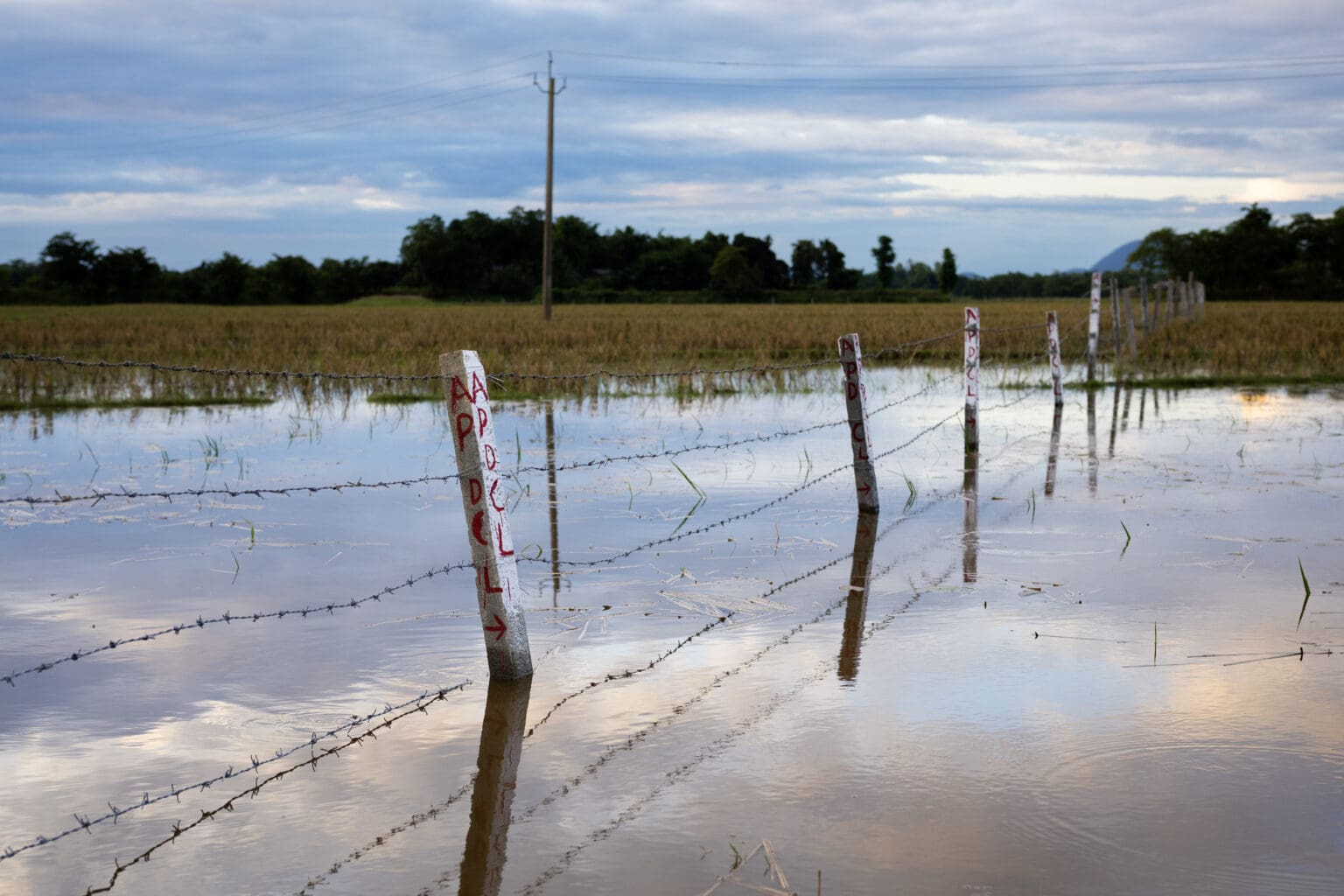
From September 21-23, the Prajna Parvah, a Rashtriya Swayamsevak Sangh (RSS)-affiliate umbrella organisation of think tanks, organised a three-day symposium – ‘Lokmanthan’ in Assam. In attendance were vice-president of India Jagdeep Dhankar, Assam governor Jagdish Mukhi and chief minister Himanta Biswa Sarma.
Meanwhile, RSS chief Mohan Bhagwat was in Meghalaya on a two-day visit from September 24. And earlier this year, the RSS chief visited Agartala as a declared ‘state guest’ by the Tripura government.
These developments in India’s Northeast serve as yet another prototype for the RSS’s alternative strategy of establishing itself as India’s ‘political laboratory’. It is well known that the RSS and its associates have faced challenges in expanding their influence outside North India, particularly in Kerala and the Northeast. This pattern has, however, been gradually shifting.
The Bharatiya Janata Party (BJP) government in Assam has largely supported the RSS’s activities in the Northeastern hill states, with a predominance of indigenous peoples, while in Kerela, the saffron party has employed the administrative leadership of the governor.
Intriguingly, former Congressman Sarma has accomplished what a lengthy succession of pracharaks and RSS affiliates have failed to do in the region. Sarma, who has no previous record of RSS engagements to his credit, has provided the organisation with the bedrock it was always looking for.
Similarly, Kerala governor and Aligarh Muslim University (AMU)-educated intellectual Arif Mohammad Khan, who again bears no RSS tag and has had a political career centred on cross-party choirs, was seated in Kerela to help the RSS achieve its goal of establishing itself. Furthermore, his unwavering support for the RSS today goes above and beyond what the organisation might reasonably anticipate from a member of the minority community.
The RSS’s entry into the Northeast
The Sangh’s early Northeastern pillars were Dadarao Parmarth, Vasantrao Oak, and Krishna Paranjpe. On October 27, 1946, they arrived in undivided Assam from where they went on to establish the first shakhas in the region, in Guwahati, Dibrugarh, and Shillong.
According to the 2011 Census, Assam’s population is 34% Muslim, while the majority of people in five other northeastern states are Christians. An early barrier to the spread of a Hindu nationalist ideology was the absence of Hindus in the Northeast.
However, even the Sangh’s most fervent rivals would be enthralled by the degree of pragmatism and devotion that the RSS cadres have displayed in the Northeast. For instance, the RSS has remained silent on the issue of eating beef in the region due to the demographic differences, even as it has mounted aggressive campaigns against it throughout the rest of the country.
This story was originally published in thewire.in . Read the full story here






